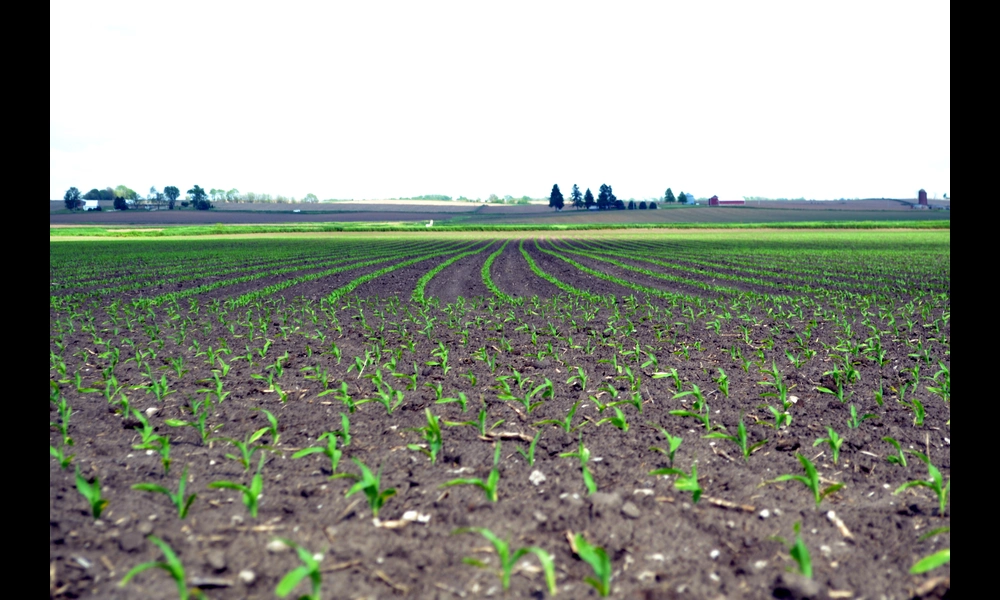Enhancing Carbon Fixation in Plants For Crop Yields and Climate Change
Published on Fri Jan 05 2024 Corn Seedlings | GoddessOfRocks on Flickr
Corn Seedlings | GoddessOfRocks on FlickrIn the quest for enhancing crop yields and combating climate change, scientists have delved into the sophisticated mechanisms through which plants assimilate carbon dioxide (CO2). A groundbreaking study by researchers at Michigan State University could pave the way for significant advancements in agricultural productivity. Through an in-depth exploration of the biophysical carbon concentrating mechanisms (CCMs) in land plants, this research could revolutionize our approach to cultivating crops and managing natural ecosystems.
Plants are the architects of life on Earth, converting sunlight into chemical energy through photosynthesis. At the heart of this process is the enzyme rubisco, facilitating the fixation of CO2 from the atmosphere. However, rubisco's efficiency is hindered by its tendency to also interact with oxygen, leading to energy-intensive corrective processes. To override this limitation, some organisms have developed CCMs to increase the concentration of CO2 around rubisco, thereby enhancing photosynthesis. While common in aquatic environments, such mechanisms are rare in land plants, with hornworts being a notable exception.
The research team's use of spatially-resolved reaction-diffusion models has shed light on the potential for implementing biophysical CCMs in C3 plants. Their findings suggest that the introduction of a complete pyrenoid-based CCM could indeed increase CO2 fixation rates, albeit with higher energy costs. This intricate balance of benefits and costs provides crucial insights into why CCMs are not more widespread among terrestrial flora.
The significance of this study extends far beyond academic curiosity. With global food demand on the rise and every molecule of CO2 in the atmosphere contributing to climate change, enhancing photosynthetic efficiency represents a critical challenge. The Michigan State University team's work offers a beacon of hope. By unraveling the complexities of CCMs and identifying pathways for their potential integration into C3 plants, we stand on the cusp of a new era in agricultural science. One in which humanity could significantly boost crop production while reducing our carbon footprint.
Yet, as with any pioneering research, challenges abound. The effectiveness of CCM components is heavily influenced by factors such as membrane permeability to CO2. The study underscores the importance of fine-tuning these elements to optimize photosynthetic efficiency. Additionally, the uniqueness of hornworts' CCM among terrestrial plants raises intriguing evolutionary and practical questions, suggesting that future efforts may need to carefully consider the diverse physiological and environmental contexts of different plant species.
As we look towards a greener future, the implications of this research are profound. By enhancing our understanding of carbon fixation in plants, we edge closer to developing crops that not only flourish in changing climates but also contribute to mitigating the very changes that challenge their growth. This research not only exemplifies the power of scientific inquiry but also offers a roadmap towards sustainable agricultural practices that could nourish billions while safeguarding our planet for generations to come.



